Coffee With Piff the Magic Dragon
The popular magician discusses his RBF, Mr. Piffles, and a modest analysis of his success
Voices on hot topics in the magic world.
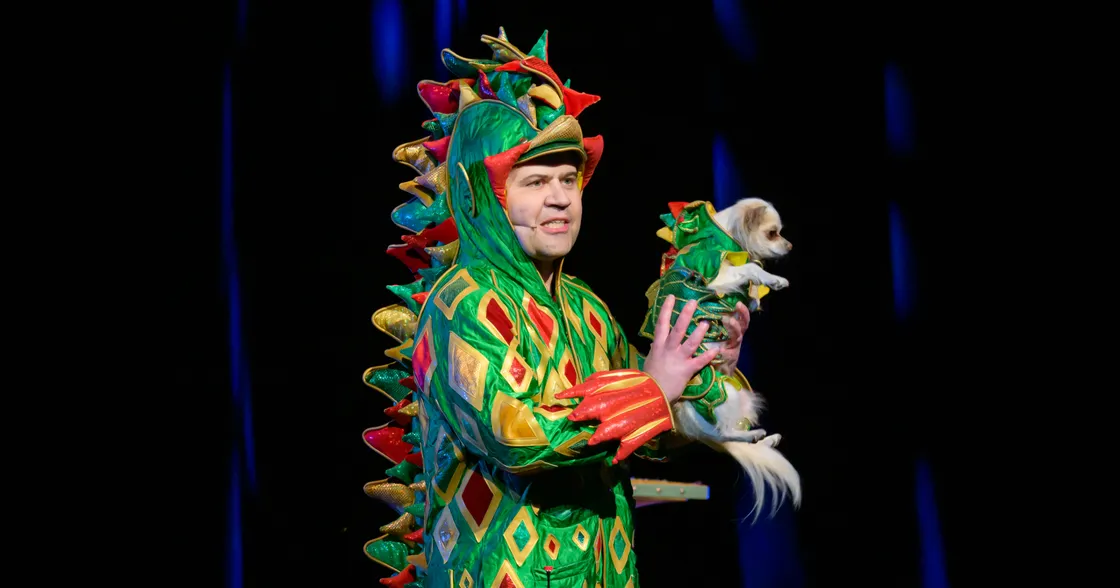
The popular magician discusses his RBF, Mr. Piffles, and a modest analysis of his success

A magician’s command of smoke and orbs.

Gifts for magicians, Milt Kort, and FISM memories
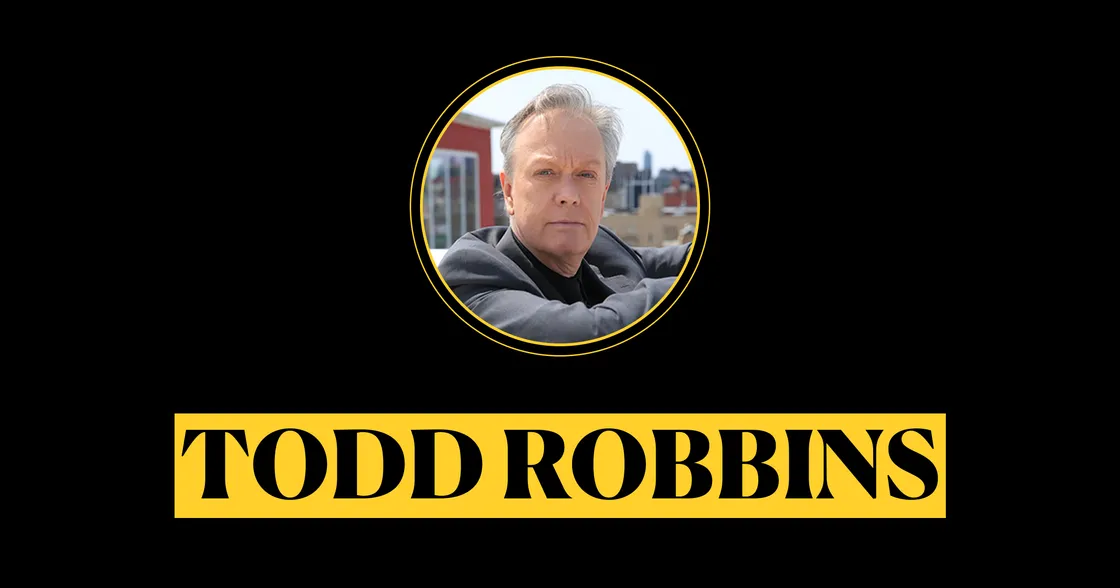
Todd Robbins considers Rocco, Crandall, P&T, and The Man Who Made Ice Famous

How Mind2Mind created an award-winning act and made it look effortless
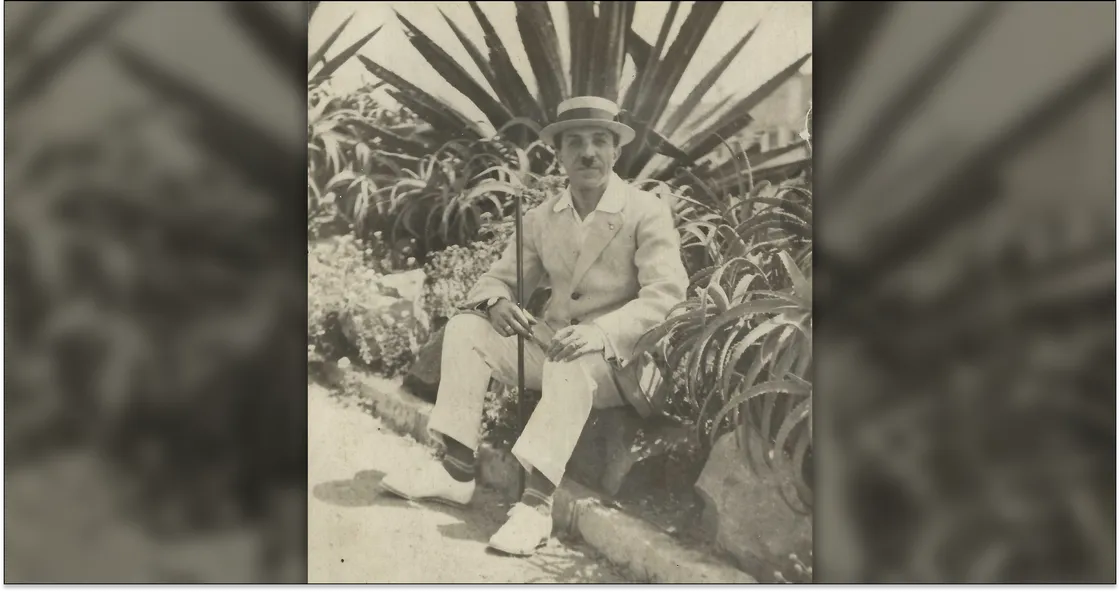
The Great Maurice’s formula for success: adaption and reinvention
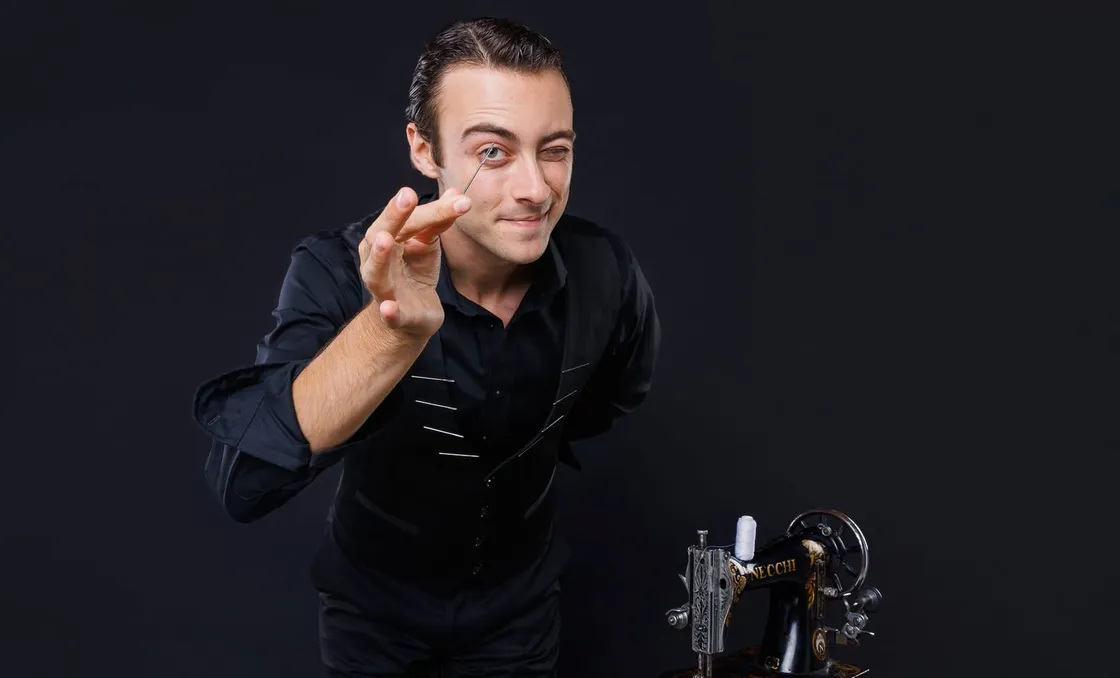
A tailor accidentally swallows his needle and discovers he enjoys the taste.

Why can’t every crowd be just like “that crowd”?
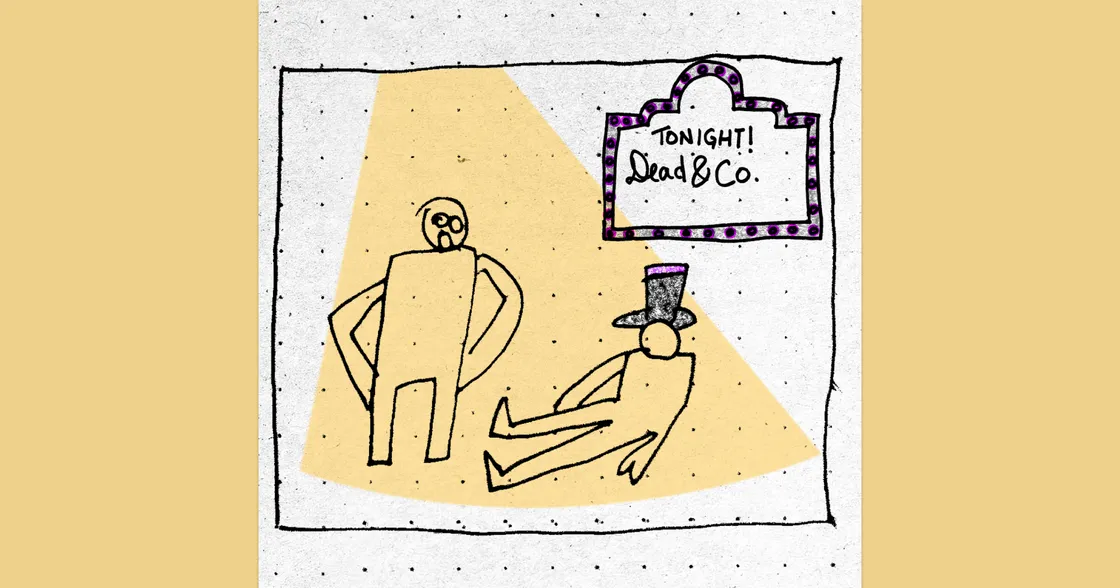
Taking of a snapshot of a project in motion
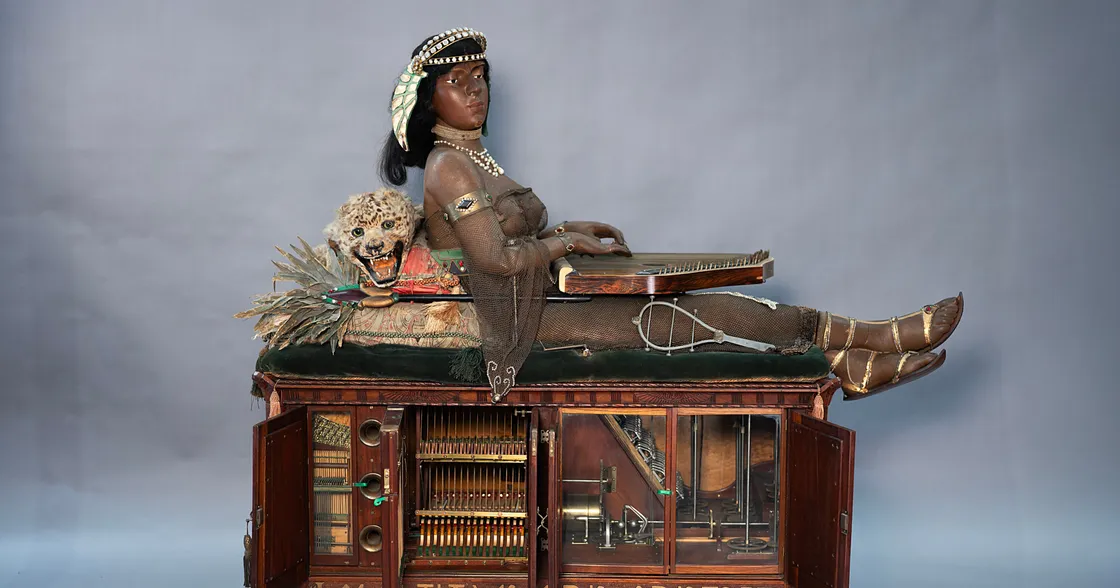
A beautiful, but false, automaton, with an extraordinary story. Here’s how she found her way to The Chamber of Secrets.
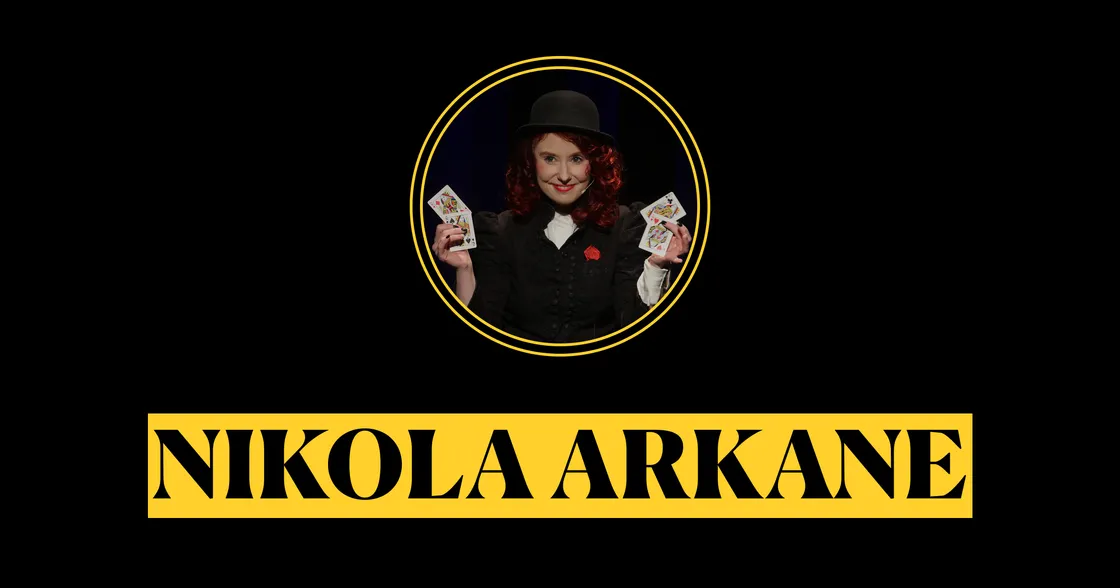
MY DEFINITION OF SUCCESS IN MAGIC: Making a living performing magic. MY DEFINITION OF FAILURE IN MAGIC: Pirating and exposing magic for money and likes.
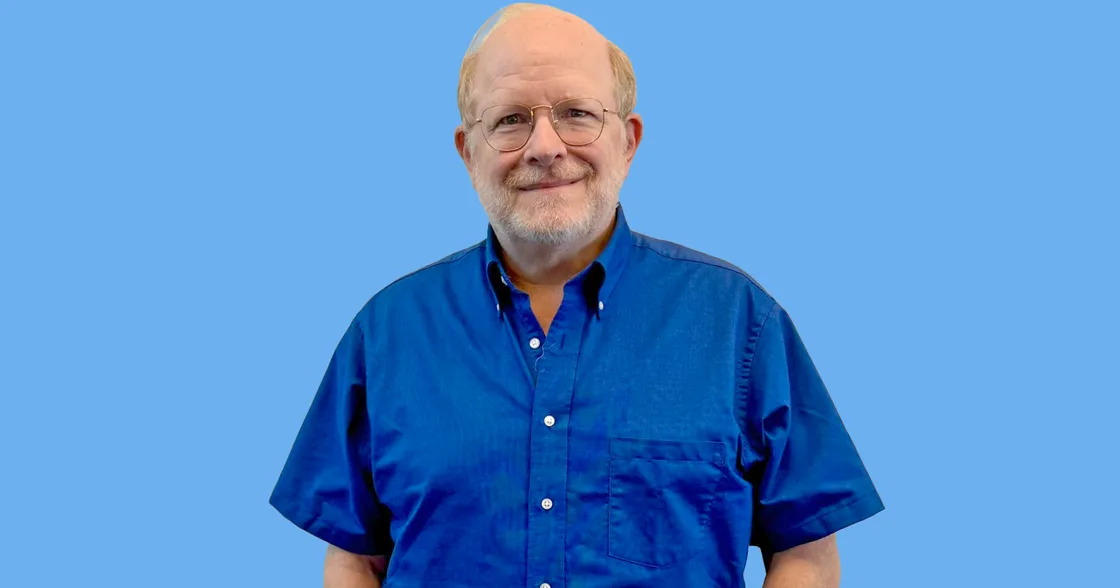
The comic book writer finds some inspiration in his magic